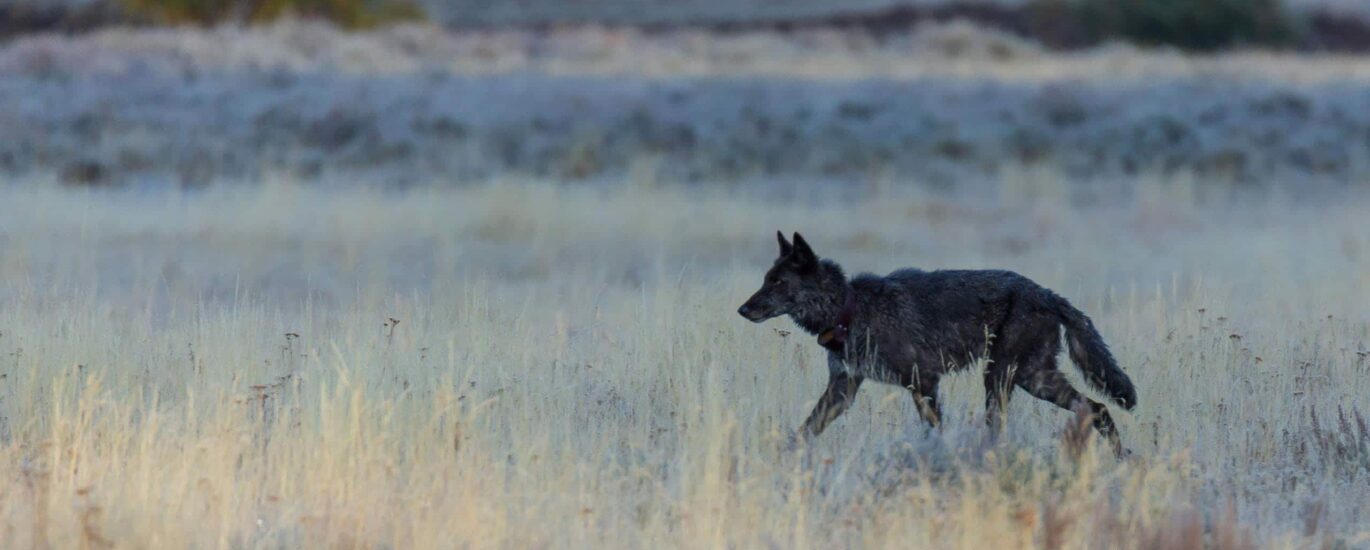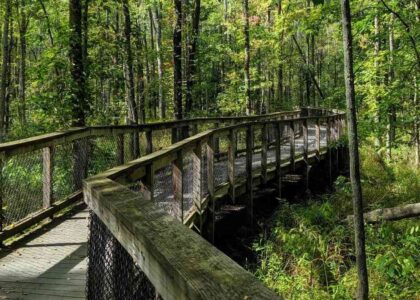Welcome to Lamar Valley, a spectacular stretch of wilderness nestled within the iconic Yellowstone National Park. Known as the ‘Serengeti of North America,’ this valley is famed not only for its breathtaking landscapes but also for its crucial role in the reintroduction of gray wolves in the mid-1990s. As you traverse this land, you are walking through a living tapestry of natural history and ecological restoration.
The story of Lamar Valley is deeply intertwined with the story of wolves in America. In the early 20th century, gray wolves were nearly eradicated from the continental United States due to widespread hunting and habitat loss. By the 1920s, they had disappeared from Yellowstone, disrupting the natural ecosystem. For decades, the absence of these apex predators led to an overpopulation of elk, which in turn devastated local vegetation and altered the landscape.
In 1995, a pivotal moment in conservation history occurred. The U.S. government and conservationists introduced 31 Canadian gray wolves back into Yellowstone, with Lamar Valley serving as a primary release site. This ambitious project marked the beginning of a successful ecological restoration that has since become a model for rewilding efforts worldwide.
As you move through the valley today, you might spot these majestic wolves roaming freely. Their presence has not only helped control elk populations but also rejuvenated the valley’s vegetation and rebalanced the ecosystem. This natural harmony has allowed other species to flourish, including beavers, which have returned to rebuild dams and support diverse aquatic life.
One of the most notable figures associated with Lamar Valley is Doug Smith, a senior wildlife biologist who has been instrumental in the wolf reintroduction program. His work has provided invaluable insights into predator-prey dynamics and the broader implications of apex predators on ecosystems.
Beyond its ecological significance, Lamar Valley is a haven for wildlife enthusiasts and photographers. It’s one of the best places in the world to observe wolves, bison, grizzly bears, and countless bird species in their natural habitat. The valley offers a stark reminder of the delicate balance required to maintain biodiversity and the ongoing efforts necessary to protect these wild places.
Today, Lamar Valley stands as a testament to the power of nature and the enduring spirit of conservation. It invites visitors to witness the beauty of a thriving ecosystem and reflect on the importance of preserving our natural world for future generations. As you continue your journey, remember that every howl you hear and every shadow you glimpse is a chapter in the ongoing story of Yellowstone’s wild heart.




